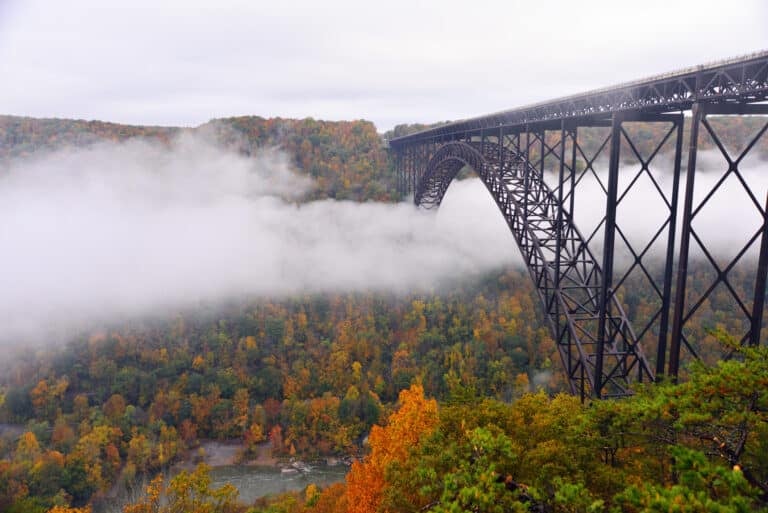Raccoon The raccoon is another common nocturnal animal that has adapted to living in suburban and city areas, but prefers upland wooded areas, according to the game department, and can be found throughout the Blue Ridge area. The stocky creature is characterized by its black facial mask and five to seven rings on its bushy tail. Raccoons don’t necessarily hibernate but do tend to stay in their dens for longer periods of time during the winter. They may steal dens from other animals like foxes, ground hogs and opossums. Raccoons forage before midnight and feed on fruits and insects, as well as animals like frogs, turtles, mice, eggs and crawfish; and in suburban and city areas, you can usually find them dumpster diving and ripping open garbage bags for leftovers.

Opossum The opossum is one of the more recognized nocturnal rodents in the area. Opossums are nocturnal marsupials that are the size of a housecat, around nine to 13 pounds. They have short legs, hairless ears, and a prehensile tail, which they use as an extra grip to grab onto branches and drag leaves into their den for covering. Their back feet also have thumbs, which help them with climbing trees.
The opossum is Appalachia’s toothiest animal, with a smile that has more than 50 teeth. Females are pregnant for 13 days and then their babies crawl from the birth canal into the marsupial pouch, where they are weened for three to four months.
The opossum is found throughout the Southeast and lives in wooded areas near water sources. It is an adaptable animal that can live in suburban areas, but prefers forests. They are omnivores, eating fruits, plants and animal carcasses, and sometimes they will even eat their young.
Flying Squirrel Another nocturnal rodent, which isn’t seen very often, is the chipmunk-like flying squirrel, which lives throughout most of the Southeast.
“Squirrels as a group are daytime creatures, such as grey squirrels and ground hogs,” Randolph College’s Shedd says. “Flying squirrels, on the other hand, are completely nocturnal.”
They have skin in between their front and hind legs called patagia that allows them to glide long distances from tree to tree. They feed on seeds and nuts, fungi, flowers, sap, and occasionally insects, slugs, snails and even bird eggs. Flying squirrels live in small families in tree holes and nests. You almost never see them, but they can be heard with their high-pitched chirp.







